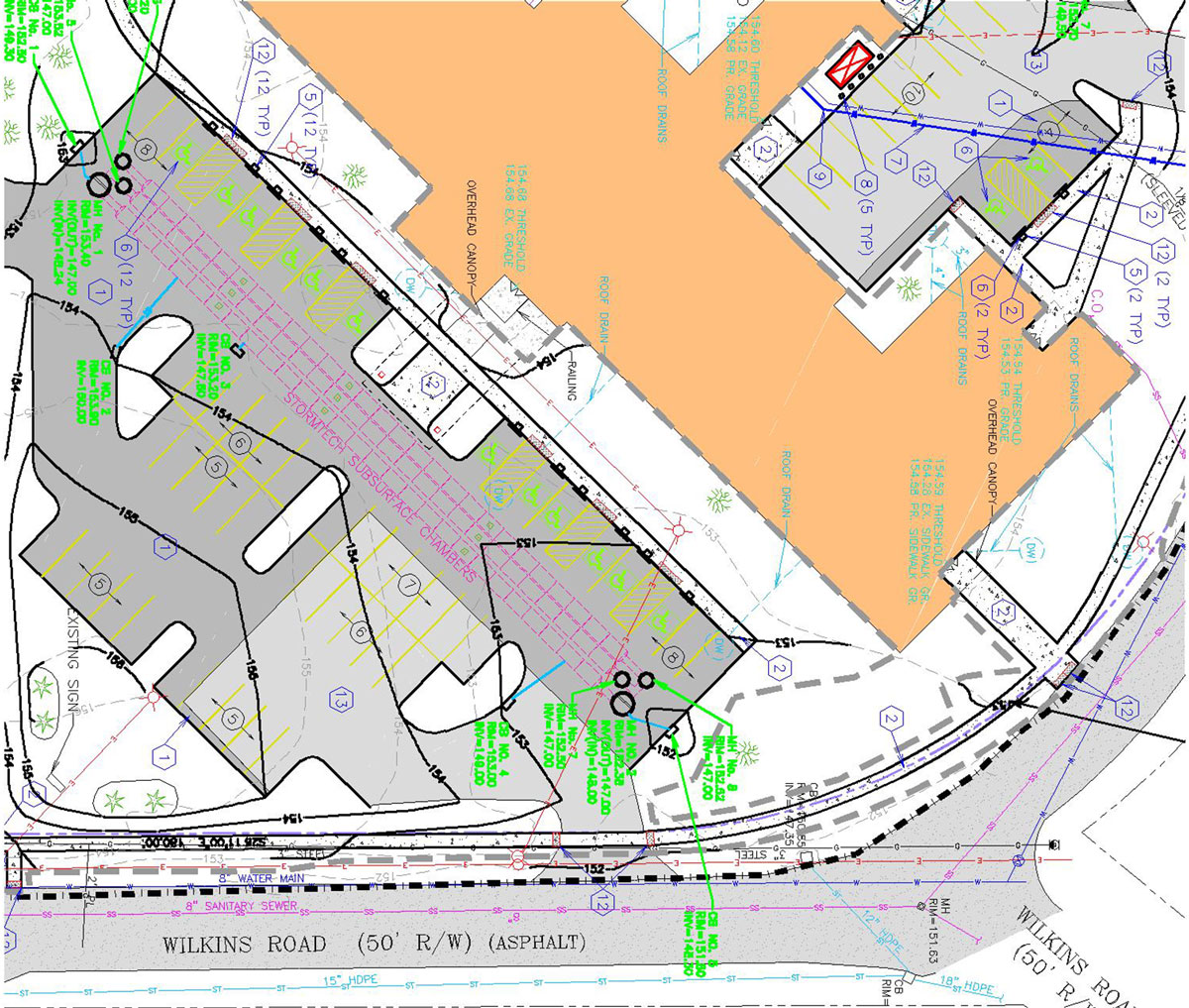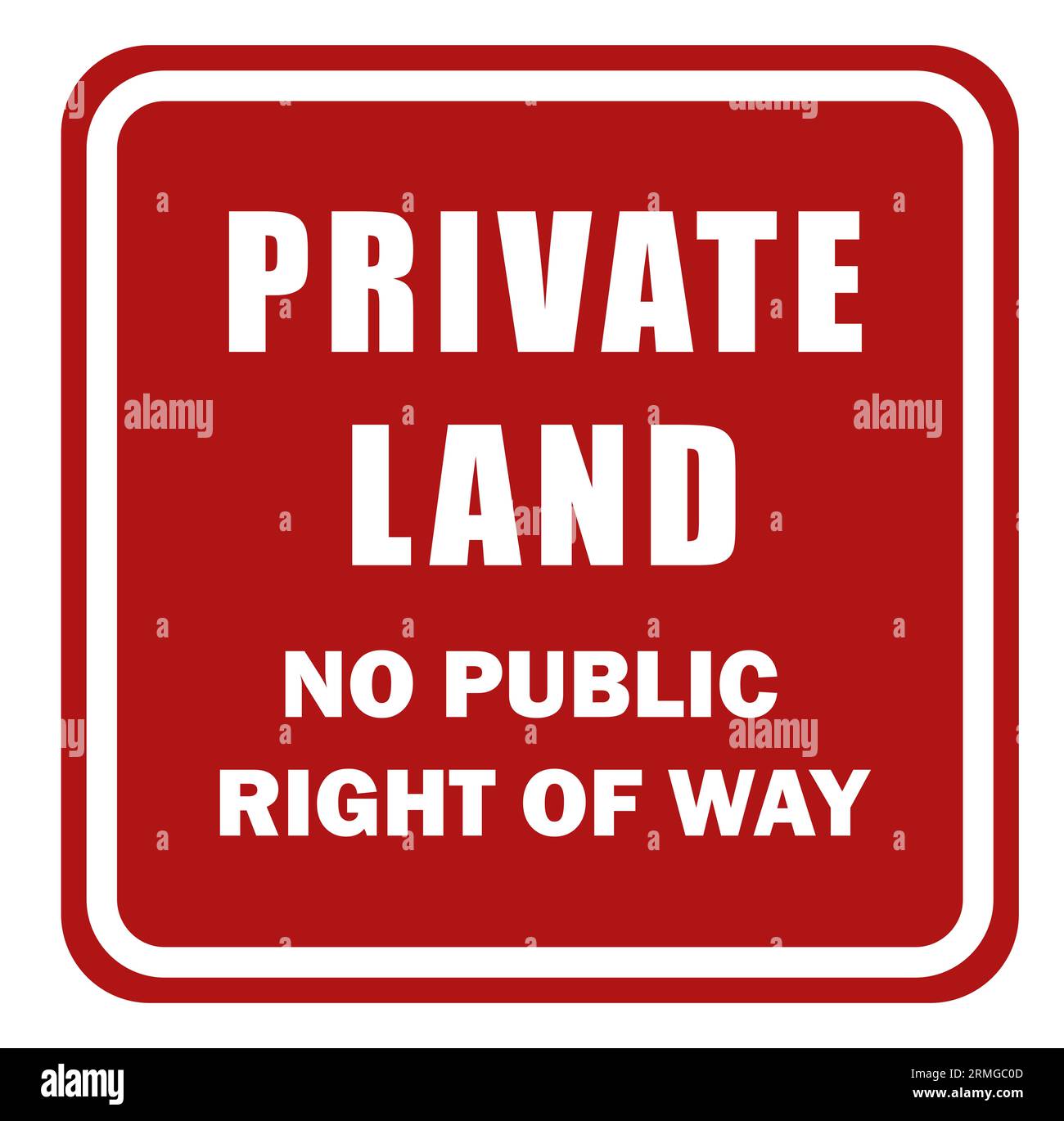
August 12, 2024
Important Guide To Retaining Wall Water Drainage Solutions
Reliable Retaining Wall Surface Drain Ideas For Long-lasting Wall Water drainage pipelines, either perforated or strong, are used to take care of water circulation behind preserving walls. Perforated pipelines permit water to get in and be routed away, while solid Visit this page pipelines transportation water without allowing soil to go into. Efficient preserving wall water drainage systems reduce this stress by enabling water to leave, protecting the wall surface's honesty and avoiding expensive repair work. Correct maintaining wall surface water drainage is important for preserving the security and durability of your retaining wall. Without sufficient drainage, water can build up behind the wall, boosting stress and possibly creating structural failing.Upkeep Suggestions:
Retaining Walls: What You See and What You Don’t – Part 4 - Stormwater Solutions
Retaining Walls: What You See and What You Don’t – Part 4.
Posted: Wed, 31 Dec 2003 08:00:00 GMT [source]

What Lags Your Retaining Wall Surface?
By recognizing and implementing the right drain options, you can protect your yard from the destructive results of summertime tornados. Correct drainage not only keeps the health and charm of your landscape but likewise guarantees the durability of your home's frameworks. Producing a detailed drainage plan is crucial for effectively taking care of water in your lawn and safeguarding it from summer storm damage. A well-balanced plan thinks about your property's unique features and requirements, making certain optimum water administration. Trench drains, also known as channel drains pipes, are direct drainage systems made to avoid flooding by quickly diverting surface area water away from your yard. They are typically installed in locations with high water circulation, such as driveways, sidewalks, and patios.- A detailed website assessment aids figure out the details drainage demands and informs the style of an efficient system customized to the place.
- Reducing general costs requires a proactive approach to upkeep and timely upgrades.
- Surface area water drainage postures an additional hazard by saturating adjacent soils, exerting lateral pressure on the wall, further endangering its security.
- Each task is a delicate arrangement between respect for history and the imperatives of safety and security.
- Dig trenches at key locations alongside your keeping wall surface to keep perforated pipeline areas and water drainage stone.
- This may include using devices like plumbing snakes or pressure washers to clear blockages.
What occurs if you don't put water drainage behind a retaining wall?
Hydrostatic Pressure and Wall Surface Failing

Hydrostatic stress, brought about by water building up behind a preserving wall surface, poses a significant risk of wall failure. When water isn't properly drained, it can gather behind the wall, exerting pressure on the framework.
Social Links